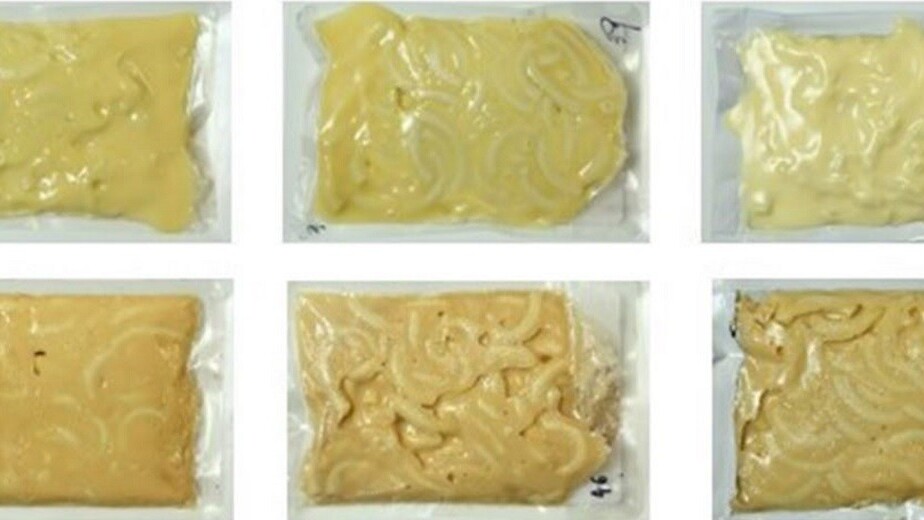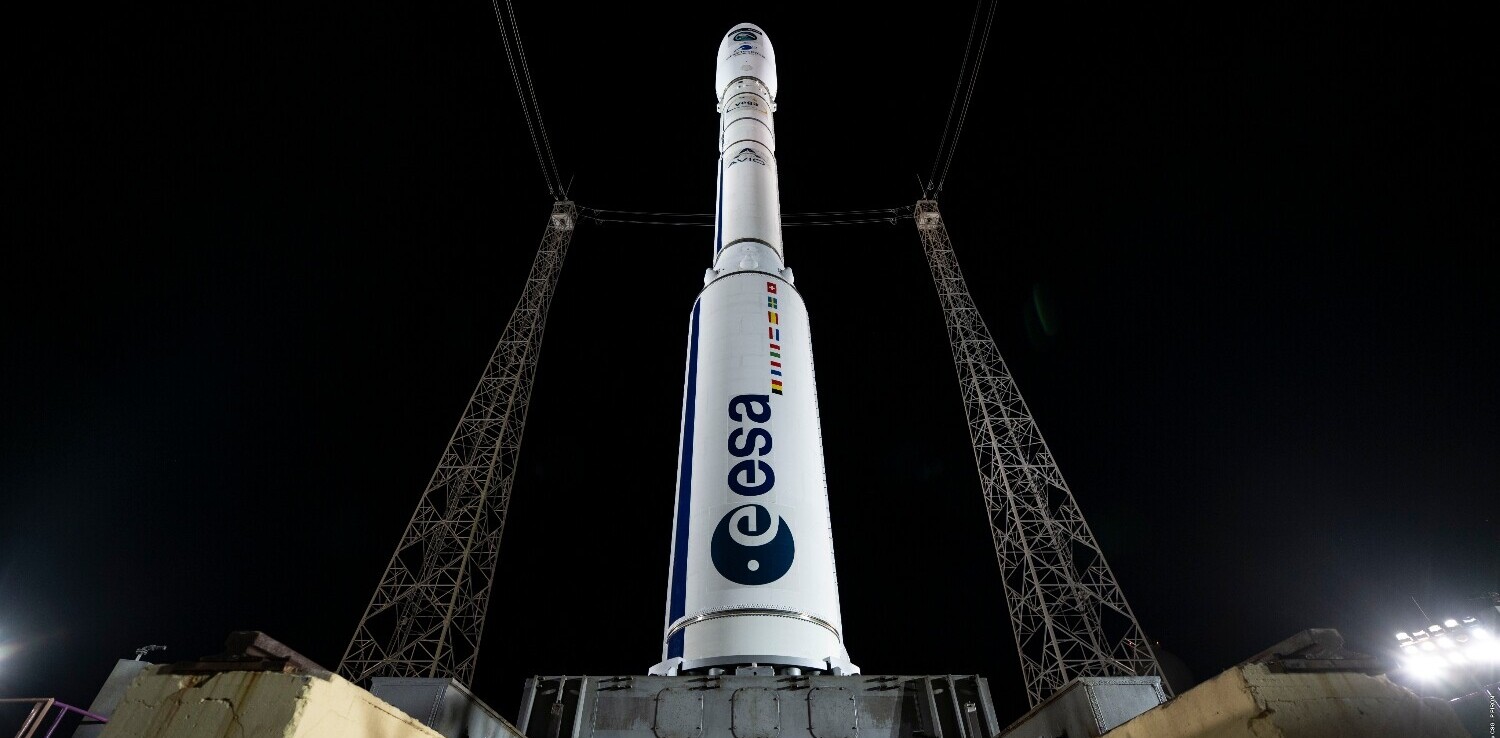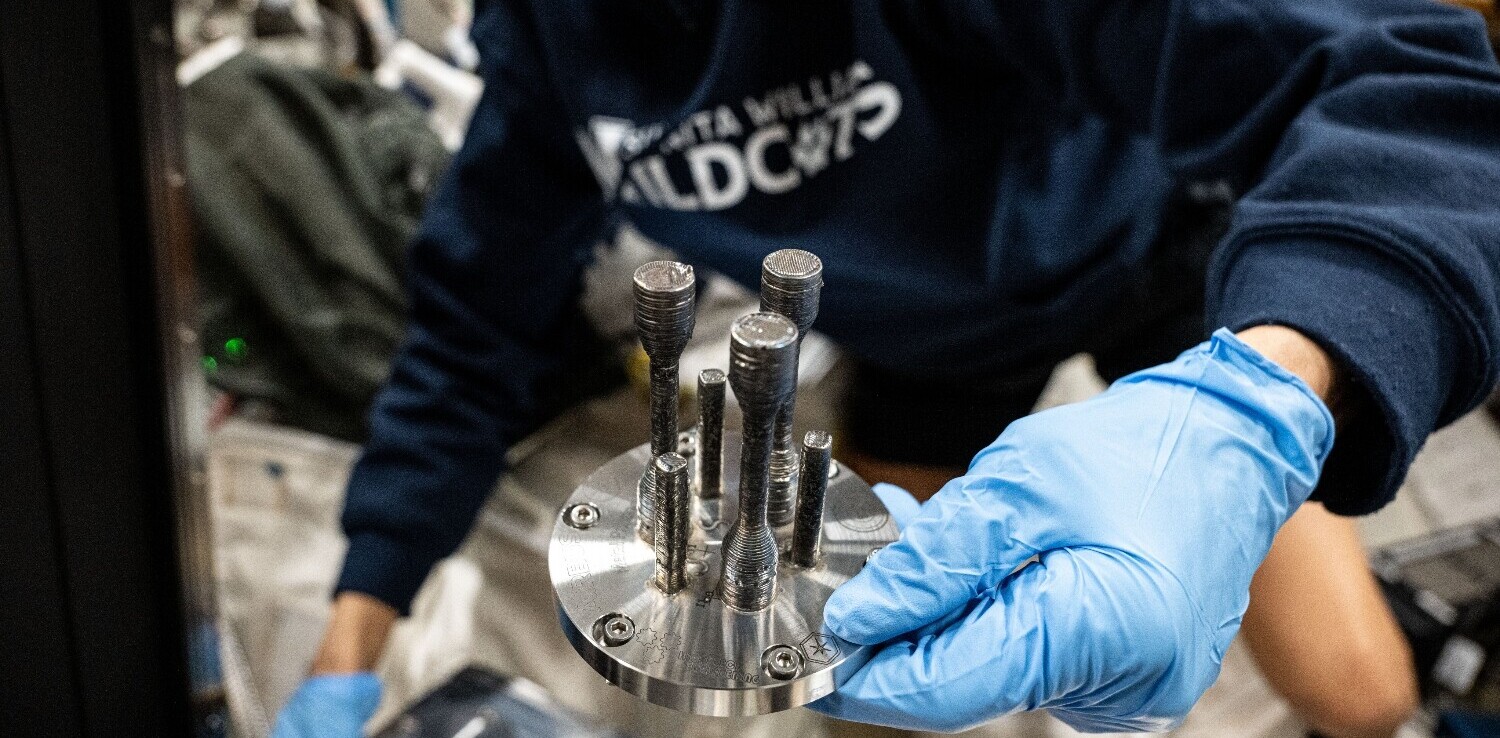A team of scientists at Washington State University have developed a unique packaging method that effectively triples the shelf life of ready-to-eat macaroni and cheese. Now we know what’s on the menu for the Mars voyage.
By our current best estimates, the trip to Mars will only take about seven to nine months. That’s not so bad, but the astronauts will likely want to return. And they also have to account for the fact that Earth and Mars have two different orbits. This means that the shortest route (per the Hohmann transfer plan) to Mars only happens once every 26 months. Astronauts could be looking at more than three years away from a habitable environment, a person tends to get hungry in that time.
Unfortunately, there aren’t that many food products cleared for space. For starters, NASA requires food have a shelf life of five years before it can be considered for the program. That means most products packaged in non-metallic containers are off the list.
According to a press release from Washington State University, current plastic packaging keeps food safe for up to a year. The research team’s method has extended that to three years, with anecdotal evidence indicating it remains as tasty as the day it was packaged.
Lead researcher Shyam Sablani said:
We need a better barrier to keep oxygen away from the food and provide longer shelf-life similar to aluminum foil and plastic laminate pouches. We’ve always been thinking of developing a product that can go to Mars, but with technology that can also benefit consumers here on Earth.
The university research team also had the US military in mind when it developed the packaging. It’s use of ready-to-eat macaroni and cheese as its experimental test subject reflects similar single-package meals used by armed forces called MREs. Eventually the US Army will test the university team’s rations in the field where scientists hope to gain valuable real world feedback.

According to the researchers’ paper, they’re not just waiting around to test the sauce once every three to five years. They’ve created a sort of hotbox for mac n’ cheese that ages it. They tested this theory using a color-based measurement system involving mashed potatoes:
The processed pouches were stored in a closed incubator set at higher temperature of 37.8 ± 0.2 °C for the accelerated shelf life study. According to Zhang et al. (2016b), model kinetics based on the color of mashed potatoes gave a Q10 value ranged from 2.85–3.15 for high-barrier polymer packages. This shelf life prediction model … predicted that 5.5 months of shelf life of mashed potatoes at 37 °C was equivalent to 2.5 years at 23 °C. If Q10 = 3, 6 months at 40 °C is equivalent to 4.5 years at 20 °C.
This means they’ve successfully kept macaroni and cheese fresh and tasty in conditions that simulate more than three years of room temperature storage, and they’ve got their eye on NASA’s five year requirement.
Would you eat mac n’ cheese for three years if it meant you could be among the first humans to set foot on another planet? Let us know in the comments. I’m holding out for tacos — space tacos.
Get the TNW newsletter
Get the most important tech news in your inbox each week.





